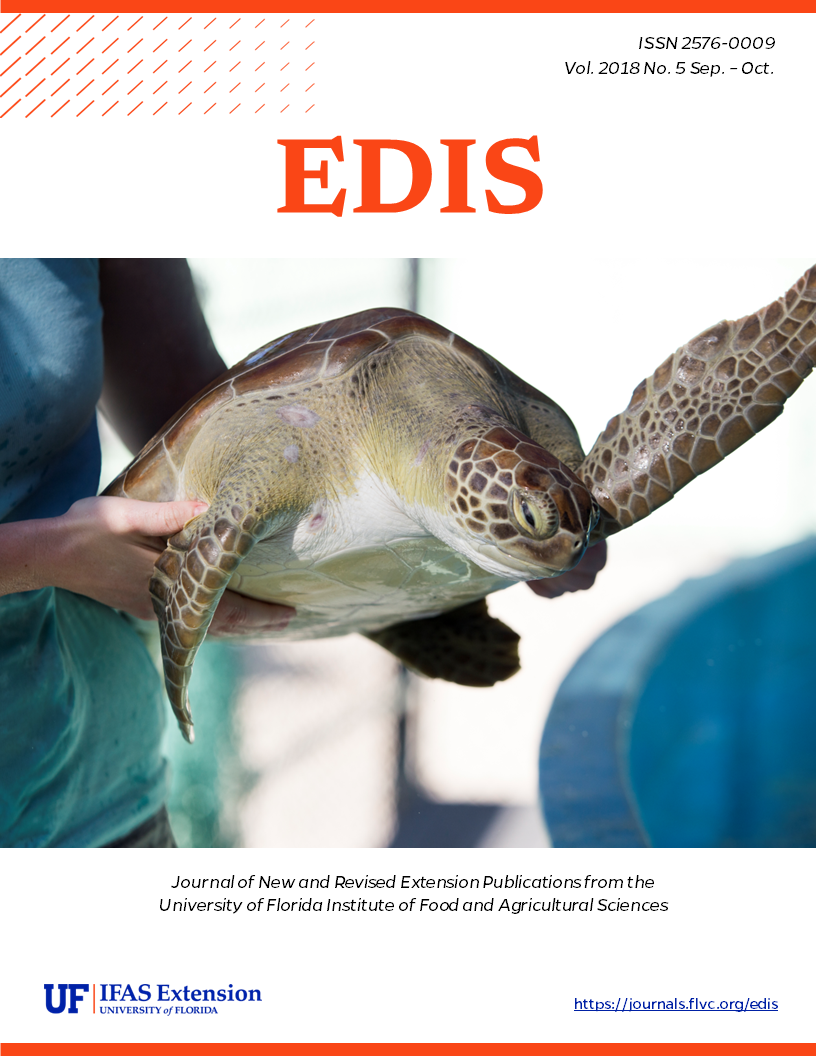Abstract
This text discusses the critical factors for achieving profitable greenhouse vegetable production by optimizing plant growth processes, primarily focusing on photosynthesis. Photosynthesis, which converts light, carbon dioxide, and water into sugars and oxygen, is influenced by light intensity, CO2 levels, temperature, and water supply. The text explains that managing these factors—such as using shading to control temperature, enhancing CO2 levels, and ensuring adequate water—can maximize photosynthesis and plant growth. Additionally, it touches on the importance of minimizing nutrient deficiencies, diseases, and mechanical damage to maintain healthy photosynthetic activity. The ultimate goal for greenhouse managers is to balance photosynthesis and respiration to produce high yields of quality vegetables. The handbook provides further details on optimizing greenhouse environments and crop management. First published Dec. 1990

This work is licensed under a Creative Commons Attribution-NonCommercial-NoDerivatives 4.0 International License.
Copyright (c) 2018 UF/IFAS

